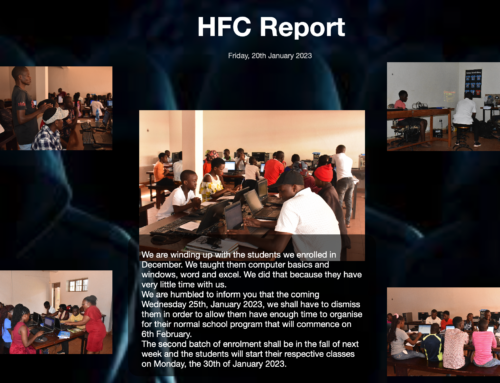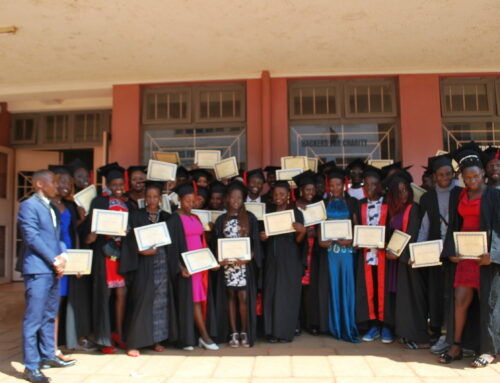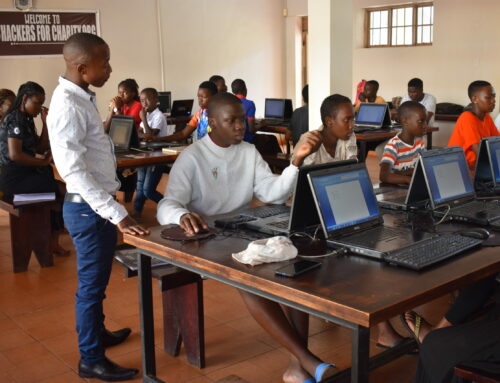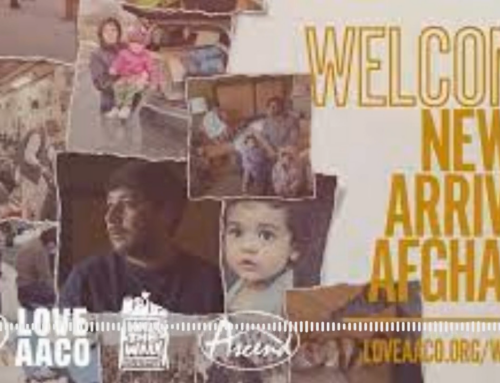Tales of Hacks in Uganda
by Mark Kikta
For magnificence, for variety of form and color, for profusion of brilliant life — bird, insect, reptile, beast — for vast scale — Uganda is truly the pearl of Africa. ~Winston Churchill, (My African Journey, 1907)
So I’m not a terrible fan of writing blogs, I get enough writing time with reports; but more than one person asked for a recount so here we go.
One thing I was not prepared for upon arrival was the humidity. As I exited the plane I was hit with a wall of wet air, even though it was a relief to finally be breathing fresh air after 3 days of travel, my lungs were confused. This wouldn’t be the first assumption that was nuked upon arrival.
I landed right around 2300 local time with my 4 oversized checked bags: various electronics for the hackerspace, a 3d printer, and a digitizer. Johnny met me at the airport, grabbed a hotel for the night, and we took off for Jinja the next morning.
Waking up to this sight made everything worth it. In his 1907 book, My African Journey, Winston Churchill famously referred to Uganda as the “Pearl of Africa”. He kinda had a point, the country is beautiful and greener than any state I’ve been in yet.
Even though Uganda is sub-Saharan, it really doesn’t share any resemblance with the actual Sahara. Rolling hills of endless green. Fields of crops. Iridescent blue skies. Impossible clouds. Gentle cooling breezes. I really hadn’t experienced anything like this before.
We made good time from Entebbe to Jinja, about 3 hours. Later, when we went to pick up f0zzie, I found out this was a great time. We grabbed some Indian food (the Keep is closed on Sundays), unpacked all the toys hackers around the world donated, and then crashed from the jetlag.
The next morning, the first thing we did was grab a meal at the Keep. The food was delicious; all the food is, really. Since they really don’t have processed food here, everything is made from scratch and tastes like it.
After breakfast, we hit the hackerspace and started setting up the 3d printer.
This quickly became our routine. Wake up at 0700, leave for the Keep and breakfast by 0745, get to the hackerspace around 0900, work on the printer until lunch, break until 1700 or so and head back until dinner. In the span of week and a half of this, we learned most of the basics of 3d printing, how to fix the issues we were having, and how to make successful prints.
We also had quite a bit of fun with the digitizer. I was a bit loopy one morning, brought my coffee cup from the Keep to the hackerspace and thought it would be a good idea to digitize then print out a coffee cup. It worked out great at ¼ scale. Though, I failed to appreciate just how small ¼ scale was…
Then this happened…
Saturday we grabbed f0zzie and family from the airport in what turned out to be a 12-hour trip back and forth. Right around hour 7 it became a very zen-like activity. On the plus side, I found Tux in the oddest of locations.
During the second week, Johnny ran the first classes for local kids. All of the kids were hand-selected by Henry from what’s called a drop-in school, basically a school for street kids. There was a tangible sense of excitement in the air as the kids started playing with the Edison Robots and Little Bits. Most importantly I think though, was the way Johnny began the class, with the question “What is a hacker”. The answers varied but eventually everyone was on the same page. At the end of the class, the kids couldn’t wait to come back.
All in all, the trip has been a resounding success. With the 3d printer up and running, HFC can now start making custom parts for the NGOs and locals alike. Using a process called Lost PLA Casting (similar to Lost Wax Casting, except with 3d printed PLA) HFC can now make custom metal parts in hours or days instead of what may take weeks or months to get and for a fraction of the cost.
Hacker culture is thriving in Uganda. The lack of freely available resources gives as fertile an environment for the culture to grow as the dirt is for plants. The look of excitement for locals and expats alike when showing off the tech is awesome. Everyone can feel the pure potential of this place and, even though it’s not fully opened yet, projects are already being planned.
The greatest thing to me about all of this is that this is a shining example of the hacker community coming together and helping to create something good. Regardless of personal belief, creed, or affiliation, hackers have built something wonderful here in Uganda and I have a feeling we’re only just getting started.


























